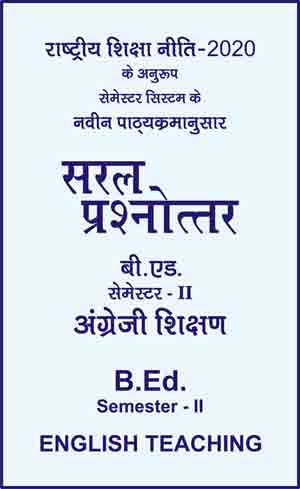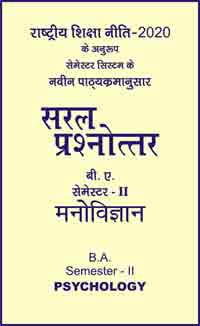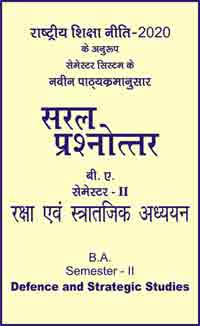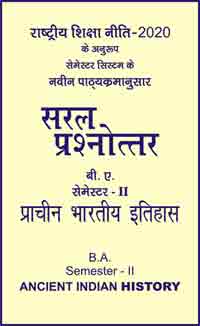|
बी एड - एम एड >> बीएड सेमेस्टर-2 अंग्रेजी शिक्षण बीएड सेमेस्टर-2 अंग्रेजी शिक्षणसरल प्रश्नोत्तर समूह
|
5 पाठक हैं |
||||||
बीएड सेमेस्टर-2 अंग्रेजी शिक्षण - सरल प्रश्नोत्तर
Question- What do you know about Bloom's Taxonomy?
Ans.
Bloom's Taxonomy : Together with Edward Gurst, David Krathwol, Max Englehaust and Walter Hill, psychologist Benjamin Bloom released Taxonomy of Educational Objectives in 1956. This framework was to prove valuable to teachers and instructors everywhere as it allowed educators to categorise learning goals. It later become popularly known as Bloom’s Taxonomy.
Bloom’s original framework had six main categories : Knowledge, Comprehension, Application, Analysis, Synthesis and Evaluation. Knowledge was considered the base category for all learning, meaning that the rest of the “skills and abilities” that followed were dependent on the acquisition of knowledge. Even though the last five were considered to be skills and abilities, Bloom’s Taxonomy is most remembered by these six categories. These categories can be imagined on a continuum to demonstrate that learning is ongoing. Each learner moves from simple and concrete to complex and abstract ideas.
Although its original name was the Taxonomy of Educational Objectives, this was not always the best discription, Bloom created his categories based on the complexity of skills and understanding. An image of a pyramid is often used to show how the level of difficulty increases as the learner moves up the next category. Instructors are able to use this hierarchy to develop tasks based on the learning goals for a particular course. This pyramid demonstrates how each learning outcome must be achieved before moving onto the next level.
The hierarchy shown through the pyramid supports the idea that learning is built on prior knowledge and skills already learnt.
|
|||||













